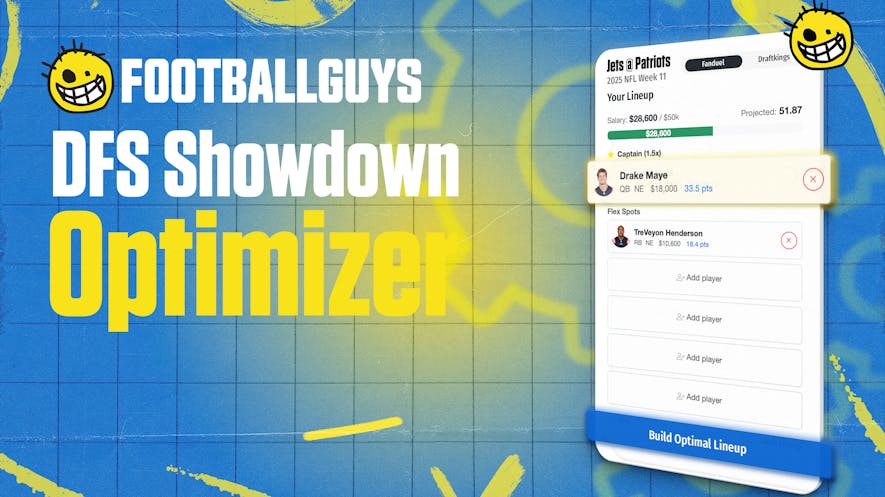There's a lot of really strong dynasty analysis out there, especially when compared to five or ten years ago. But most of it is so dang practical-- Player X is undervalued, Player Y's workload is troubling, the market at this position is irrational, and take this specific action to win your league. Dynasty, in Theory is meant as a corrective, offering insights and takeaways into the strategic and structural nature of the game that might not lead to an immediate benefit but which should help us become better players over time.
Consistently Inconsistent
I wrote two weeks ago of my favorite Walt Whitman quote-- "Do I contradict myself? Very well then I contradict myself, (I am large, I contain multitudes.)" I'm also a fan of Ralph Waldo Emerson ("a foolish consistency is the hobgoblin of little minds"), Oscar Wilde ("I have always been of opinion that consistency is the last refuge of the unimaginative") and F. Scott Fitzgerald ("the test of a first-rate intelligence is the ability to hold two opposed ideas in the mind at the same time, and still retain the ability to function.")
(Given the heavy use of quotations, perhaps we should instead consider T.S. Eliot: "One of the surest of tests is the way in which a poet borrows. Immature poets imitate; mature poets steal.")
All of this is to suggest that consistency is not something you should expect from this column.
I wrote last week about how casually fantasy analysts tend to write about investing in the future in a way that ignores the reality of many dynasty leagues, where it's not guaranteed that any given team will still be around to reap the rewards of that investment. This is probably bad. In terms of practical applicability, dynasty analysis could perhaps benefit from a shorter-term focus.
With that in mind, I'd like to introduce this week's topic: Trading for 2025 draft picks. Should you be doing it? (You probably should.)
The Past is History; the Future is a Mystery
Now, I don't really know anything about the 2025 rookie class. I'm not sure if it will be an especially strong or especially weak one (I usually assume all classes will be roughly average until after the combine, at least). The most important feature of it, in my opinion, is that it's two seasons away. (Had this column been written last year, I'd instead advocate trading for 2024 picks. Next year, I'll suggest the 2026 class.)
In his October Trade Value Charts, Dan Hindery wrote the following:
Be very careful using the above Early 2024-1st blindly if valuing a pick in your league. Let's make some early value assumptions about non-Superflex pick values and do some basic math to illustrate the point. Assume the 1.01 ends up being worth 40, the 1.02 is worth 30, the 1.03 is worth 28, and the 1.04 is worth 26. If we assume equal 25% odds of an Early 2024 1st being one of those four picks, the value is 31 (124 divided by four). However, if the pick actually has a 50% chance of being 1.01 and a 50% chance of being later, it is worth more in the range of 35. If it only has a 10% chance of being 1.01 because there is another really terrible team likely to be 1.01, it may only be worth 28. That's a fairly large gap between two picks that would both be considered Early 2024 1st. Know your league rules about how draft order is determined, and try some back-of-the-envelope math to really drill down on projected pick value before making any trades.
This is a very important concept, and Hindery does a fantastic job reinforcing this every month with his trade values (which are one of my favorite features on Footballguys). Last month, he rated an "early 1st" as worth 55% more than a "mid 1st" (31 points vs. 20 points), but a mid 1st as worth just 25% more than a late 1st (20 points vs. 16 points). Picks get substantially more valuable the higher up the board you go. (Managers who just missed out on Bijan Robinson last year are no doubt keenly aware.)
The problem for our purposes is that managers are both aware of this fact and fairly good at estimating their team quality this year. Anyone who thinks their first could be high in 2024 is likely to demand a fortune to part with it. (A smaller but still significant problem when trying to acquire high picks: if you trade veteran players for future picks, those veteran players will increase the quality of the other team and likely push that pick later into the round.)
If managers were as good at estimating their team quality in 2024 as they are at estimating their team quality in 2023, it would be a bad idea to invest so far into the future. Are they? Let's investigate.
How Well Does This Year's Performance Predict Next Year's Performance?
Continue reading this content with a ELITE subscription.
An ELITE subscription is required to access content for Dynasty leagues. If this league is not a Dynasty league, you can edit your leagues here.

